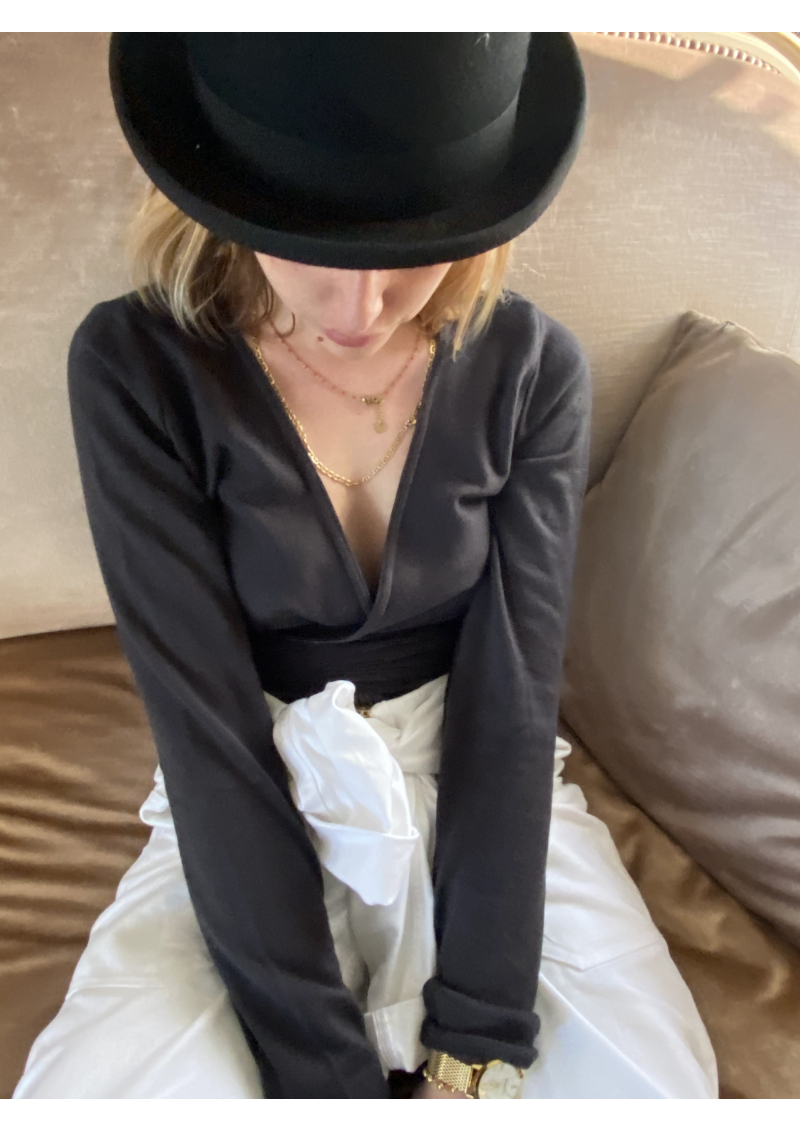
















Long-sleeved wrap-over top, large straps for different ways of wearing. R Jacquard logo in matching tones on the top of the sleeve. Available in two different colors : Anthracite Grey and Light Grey (Gris souris).

In 1947, Rose Repetto creates her first ballet shoes on the advice of her son Roland Petit, in a tiny workshop near the National Opera of Paris.
In 1956, on Brigitte Bardot's request, Rose Repetto creates the “Cendrillon” ballerina and dedicates it to her. For BB, this ballerina will always be a part of her success in Vadim's film “And God Created Woman” from 1956.
Rose Repetto opens her first boutique at 22 Rue de la Paix in Paris in 1959. It becomes the place frequented by the world's prima ballerinas: Bejart, Noureev, Barychnikov, Carolyn Carlson, the Kirov at the 'Folies Bergères', all are supplied with their dancing shoes and garments by Repetto.
With a view to expanding her company, Rose Repetto establishes a factory in Saint Medard d'Excideuil in Dordogne in 1967. Nowadays, the pointe shoes and ballerinas are still made using the famous 'stitch and return' method with the highest skill.
In the 70’s, Serge Gainsbourg got fascinated by the “Zizi”, a shoes model, created by Rose Repetto for Zizi Jeanmaire her daughter in law. He became the ambassador of the brand.
Repetto is above all the number one reference for dance equipment, especially for ballet, and the supplier of the most prestigious dancers, from top till toe.

Composition : 50% Cotton - 50% Acrylic



| Repetto | years | 4 | 6 | 8 | 10 | 12 | 14 | 16 | 18 | 20 |
| Stature | cm | 104 | 116 | 128 | 140 | 152 | 158 | 164 | 170 | 172 |
| Chest | cm | 56 | 61 | 66 | 70 | 74 | 78 | 82 | 86 | 90 |
| Waist | cm | 53 | 55 | 57 | 59 | 61 | 65 | 68 | 70 | 72 |
| Hips | cm | 60 | 64 | 68 | 72 | 76 | 80 | 84 | 88 | 92 |
| Inside leg | cm | 46 | 53 | 60 | 65 | 70 | 73 | 75 | 77 | 79 |
| Repetto | XS | S | M | L | XL |
| France | 36 | 38 | 40 | 42 | 44 |
| UK | 8 | 10 | 12 | 14 | 16 |
| Germany | 34 | 36 | 38 | 40 | 42 |
| Stature cm | 162 | 166 | 170 | 174 | 178 |
| Bust cm | 82 | 86 | 90 | 94 | 98 |
| Waist cm | 62 | 65 | 69 | 73 | 77 |
| Hips cm | 86 | 90 | 94 | 98 | 103 |
| Inside leg cm | 74 | 76 | 78 | 80 | 82 |
The culture of ballet is part of the French heritage that cannot be denied - evidence of this is the international use of French 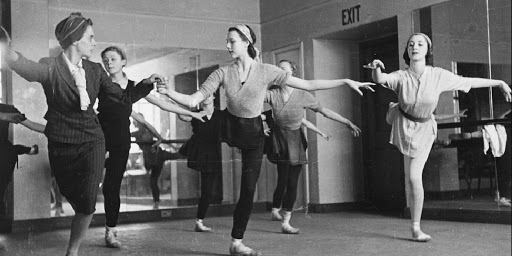 vocabulary: plié, pas de chat, coupé, and so on. This strong cultural identity is spread from the stage to the street, to fashion, making dancewear a timeless wardrobe staple. Leotards, tutus, demi-pointes, at deTOUJOURS we love the codes of ballet that we adapt to the city, and the long sleeved wrap-over was missing from our selection.
vocabulary: plié, pas de chat, coupé, and so on. This strong cultural identity is spread from the stage to the street, to fashion, making dancewear a timeless wardrobe staple. Leotards, tutus, demi-pointes, at deTOUJOURS we love the codes of ballet that we adapt to the city, and the long sleeved wrap-over was missing from our selection. 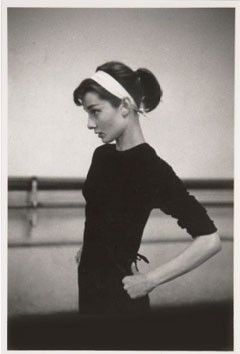
Dance brings with it a culture and a know-how, a transmission of physical and artistic performance, even to the point of self-denial. This transmission is also in the continuation of clothes in the ongoing catalogue.
"Always remove, always strip. Never add... There is no other beauty than the freedom of bodies". Gabrielle Chanel frees the dancers' bodies, abandoning heavy costumes for clothes that leave plenty of room for a flowing movement, for a lighter choreography. The dancers adopted swimming costumes, tennis or golf outfits. As Isadora Duncan said: "The dancer of the future will be one whose body and soul have grown so harmoniously together that the natural language of the soul has become the movement of the body".
From rehearsal to the stage, the dancers give preference to comfort and technicity, to let this body movement exist. The long sleeved wrap-over is one of the essential elements of this new uniform. Also nicely called "Chauffe-coeur"(i.e heart warmer), it keeps the dancer protected from the cold. Its lightweight and soft material is technically designed to follow the smoothness of the movement, while warming the dancer who wears it. Dancers adopted it, from the ballets of Maurice Béjart and Pina Bausch to those of Rudolf Nureyev, and fashion designers adopted it*.
At deTOUJOURS, your long sleeved wrap top is a dance rehearsal garment from Repetto, where Roland Petit's mother had developed a line designed by and for ballet dancers, still followed today. Why go any further than the emblematic supplier of the French ballet wardrobe, the madeleine de Proust of all the ex-petits rats of the Opéra?
To be worn for its primary use on the dance floor, at a loud party or by the fire. Not bad either for going down to the beach with your basket, in a gingham bloomer.
*from Chanel and Dior to the Alexander McQueen fashion shows.
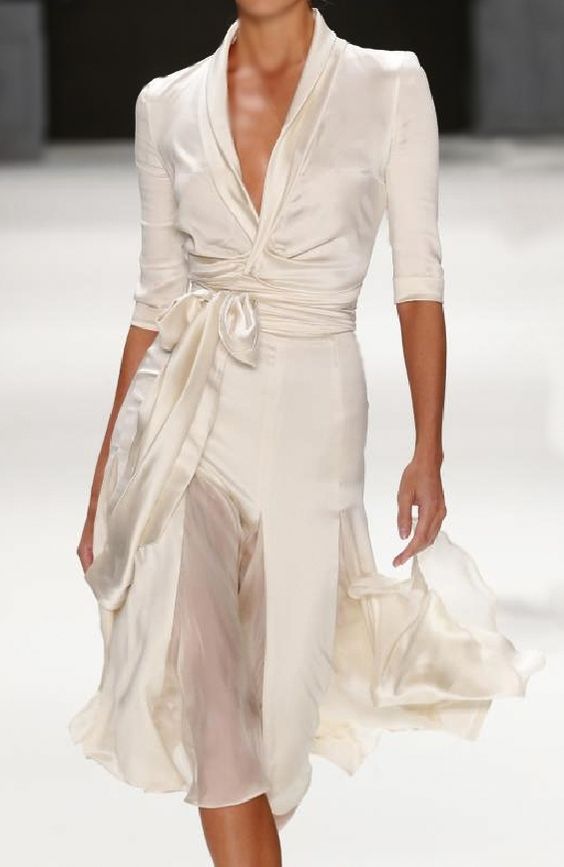 .
. 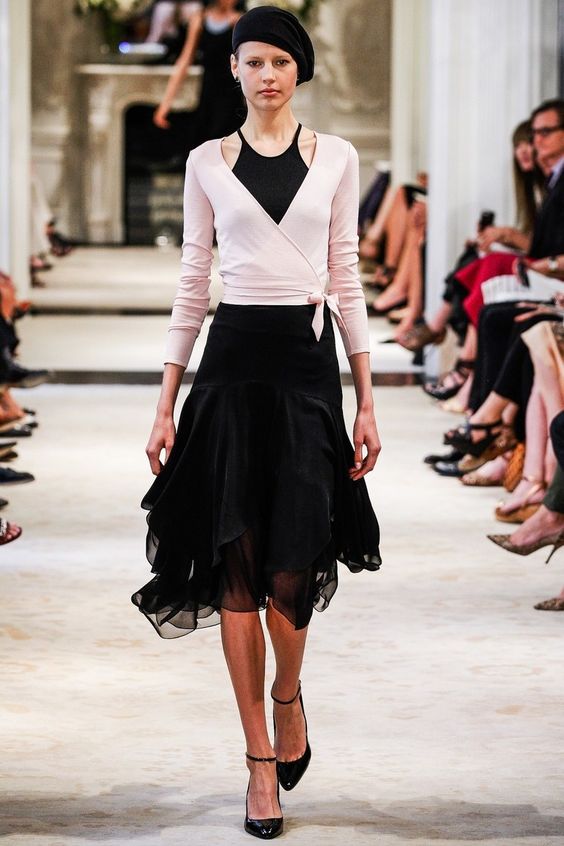
Under the reign of Louis XIV, the French ballet as an art form started to blossom. Passionate about dance, he created the 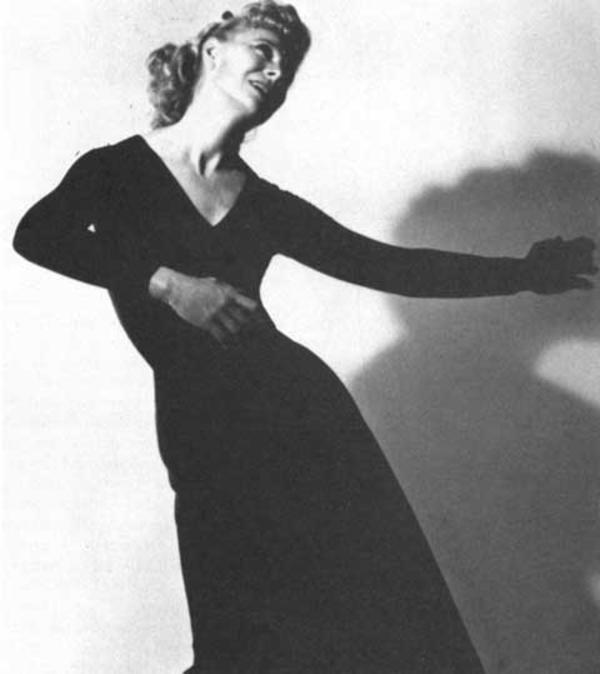 Royal Academy of Dance in 1661, then the Royal Academy of Music in 1669 - today better known as the Paris National Opera Ballet. This institutionalization gave structure to the choreography of the ballet itself and its five positions, as we still know them today.
Royal Academy of Dance in 1661, then the Royal Academy of Music in 1669 - today better known as the Paris National Opera Ballet. This institutionalization gave structure to the choreography of the ballet itself and its five positions, as we still know them today.
This historical model still persists today but was, nevertheless, the container for other influences. In the nineteenth and early twentieth centuries, French classical ballet became more international with the influence, in particular, of the Russian ballets.
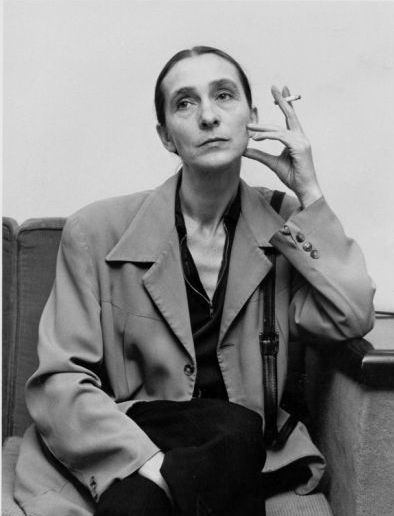 1917 and its Russian revolution accelerated the exodus of certain Russian politicians, intellectuals and artists to other world capitals: New York, London and Paris. Classical Russian dance, then perceived as an art of the tsars and therefore hardly tolerated by the new Soviet regime, became an inexhaustible source of inspiration and reinvention for out-of-breath Western dancers and an audience tired of the same operas. Far from being censored, the companies of the Kirov, the Bolshoi Theatre and the Mariinsky Theatre were admired and in constant demand. They became models of this new, hybrid way of dancing, at the junction of cultures.
1917 and its Russian revolution accelerated the exodus of certain Russian politicians, intellectuals and artists to other world capitals: New York, London and Paris. Classical Russian dance, then perceived as an art of the tsars and therefore hardly tolerated by the new Soviet regime, became an inexhaustible source of inspiration and reinvention for out-of-breath Western dancers and an audience tired of the same operas. Far from being censored, the companies of the Kirov, the Bolshoi Theatre and the Mariinsky Theatre were admired and in constant demand. They became models of this new, hybrid way of dancing, at the junction of cultures.
In Paris, Serge Diaghilev, a Russian impresario, infused a wind of lightness into the performances he proposed: dance had to be a total art. He mixes dance, fashion, painting, theatre, poetry and music. Gabrielle Chanel was instantly seduced. She became friends with Diaghilev and was passionate about dance, making the costumes for the ballet Le Train Bleu, directed by Jean Cocteau, in 1924, or financing Le Sacre du Printemps.

Long-sleeved wrap-over top, large straps for different ways of wearing. R Jacquard logo in matching tones on the top of the sleeve. Available in two different colors : Anthracite Grey and Light Grey (Gris souris).
De Toujours invites you to discover clothes and accessories at the source of the style, original pieces that fashion has always diverted.
© DE TOUJOURS 2025